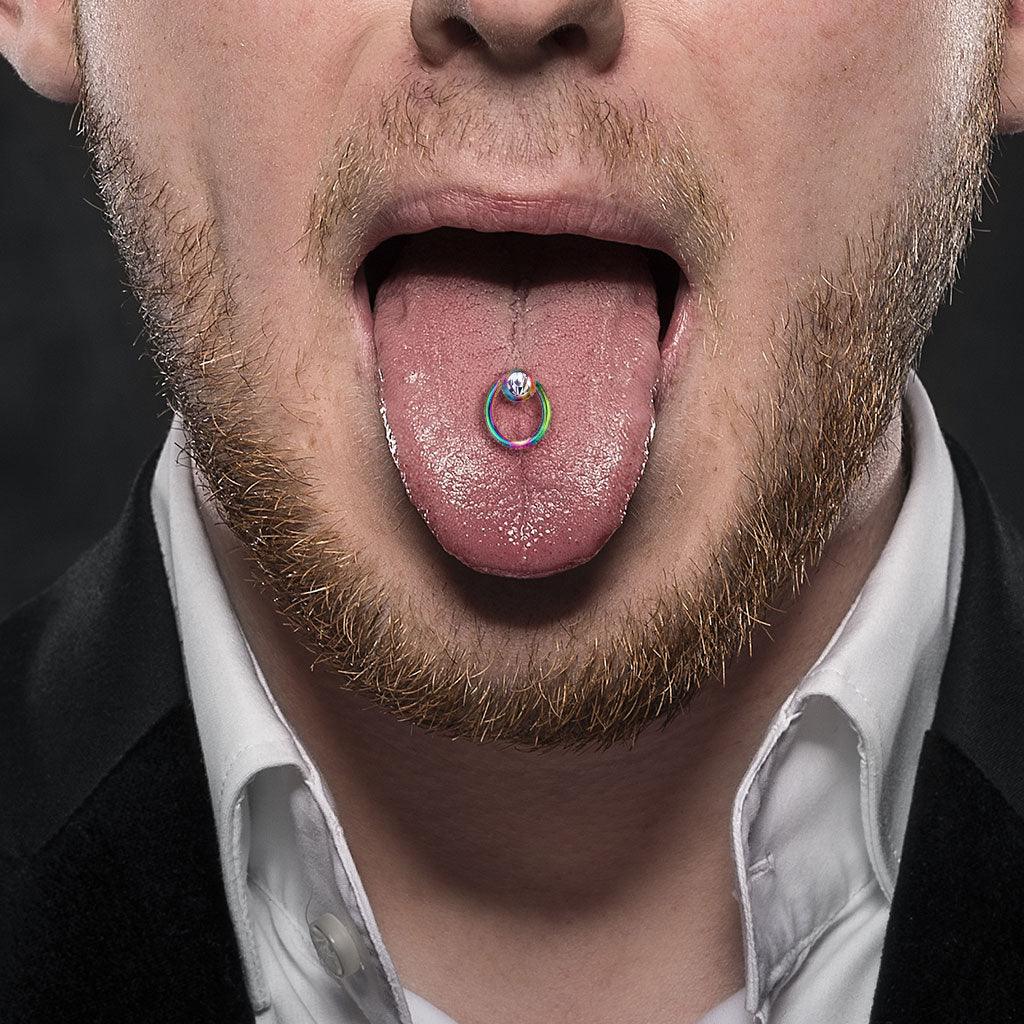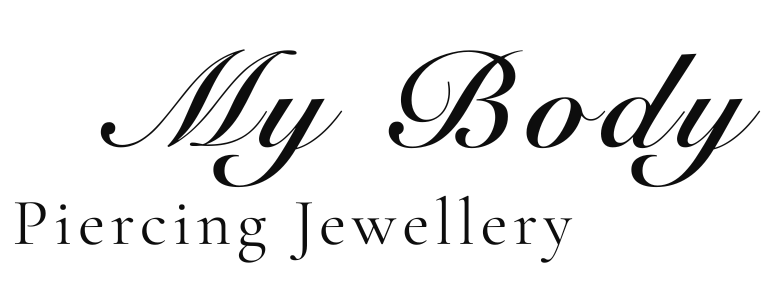
Sticking Out: A Brief History of Tongue Piercings

Tongue piercings have been around for centuries, with the earliest known cases coming from Ancient Rome and Egypt. But over the years, this once-exotic body modification has become increasingly popular. This blog post will explore the history of tongue piercings, from their origin in ancient civilizations to their current status as a mainstream fashion trend. We'll take a look at why people choose to pierce their tongues, how the practice has evolved over time, and the risks associated with it. So stick with us as we dive into the fascinating history of tongue piercings!
Ancient Roots: Tongue Piercings in Early Cultures
Tongue piercings may seem like a modern trend, but they actually have ancient roots that date back centuries. Ancient cultures such as the Romans and Egyptians were known to practice tongue piercings, although their reasons for doing so may have been different from our modern motivations.
In Ancient Rome, tongue piercings were often associated with the nobility and were considered a status symbol. It was believed that a pierced tongue could improve speech and even enhance one's ability to taste food. The practice was also seen as a way to appease the gods, with the piercing serving as a form of sacrifice or offering.
Similarly, in Ancient Egypt, tongue piercings were believed to have religious significance. The ancient Egyptians believed that piercing the tongue allowed for a closer connection to the gods and enhanced spiritual experiences. It was also believed that tongue piercings could help with healing and balance the body's energy.
While the reasons for tongue piercings in ancient cultures may have been different from our modern motivations, the practice has stood the test of time. Today, people choose to pierce their tongues for various reasons, including self-expression, aesthetics, and to be a part of a particular subculture. As we explore the history of tongue piercings further, we will see how this ancient tradition has evolved over time.
The Rise of Modern Tongue Piercings in the 20th Century
In the early 20th century, tongue piercings began to make a comeback. However, this time, they were not associated with nobility or religious rituals. Instead, tongue piercings started to gain popularity as a form of self-expression and rebellion against societal norms.
The modern rise of tongue piercings can be attributed to various factors. One of the key influences was the punk and alternative subcultures that emerged in the 1970s and 1980s. These countercultural movements embraced body modifications as a way to challenge conventional beauty standards and express individuality. Tongue piercings, with their striking and unconventional appearance, became a popular choice among these groups.
Another significant factor in the rise of tongue piercings was the development of body piercing as an industry. In the late 20th century, professional body piercers and specialized piercing studios began to emerge, providing safer and more hygienic piercing procedures. This made tongue piercings more accessible and mainstream, attracting a wider audience.
Additionally, pop culture played a crucial role in popularizing tongue piercings. Celebrities, musicians, and actors began to embrace this edgy trend, bringing it into the spotlight. Icons like Janet Jackson and Christina Aguilera proudly sported tongue piercings, inspiring countless fans to follow suit.
As tongue piercings gained more visibility and acceptance, they became a common form of body modification among individuals of all backgrounds. Today, tongue piercings continue to be a popular choice for those looking to make a statement and showcase their unique style. Whether it's for fashion, personal expression, or simply because they find it aesthetically appealing, the rise of modern tongue piercings in the 20th century has firmly established this form of body modification as a significant cultural phenomenon.
Pop Culture Influence: Tongue Piercings in the Media
The influence of pop culture on tongue piercings cannot be overstated. Over the years, tongue piercings have made appearances in movies, music videos, and even on the red carpet. This media exposure has played a significant role in normalizing and popularizing tongue piercings among the general public.
One notable example of pop culture's influence on tongue piercings is in the music industry. Musicians like Janet Jackson, Christina Aguilera, and Lenny Kravitz have proudly displayed their tongue piercings, making them a symbol of rebellion and individuality. Their influence has been undeniable, with countless fans rushing to get their own tongue piercings to emulate their favorite stars.
Tongue piercings have also found their way into popular movies and TV shows. Characters like Trinity in The Matrix and Lisbeth Salander in The Girl with the Dragon Tattoo sported tongue piercings, adding a touch of edginess and non-conformity to their personas. These portrayals further cemented the idea that tongue piercings were not just a fringe trend but a fashionable statement.
The media's portrayal of tongue piercings has helped destigmatize the practice and create a sense of acceptance. By showcasing tongue piercings as a trendy and stylish choice, the media has contributed to their mainstream appeal. Whether it's through music, movies, or the internet, pop culture continues to shape and influence our perception of tongue piercings, making them an integral part of modern fashion and self-expression.
Controversies and Risks: The Downsides of Getting a Tongue Piercing
Tongue piercings may be a trendy and fashionable choice, but it's important to be aware of the controversies and risks associated with getting one. While tongue piercings have become more mainstream and accepted in recent years, they still come with their fair share of potential drawbacks.
One of the primary concerns when it comes to tongue piercings is the risk of infection. The mouth is a breeding ground for bacteria, and introducing a foreign object like a piercing can increase the likelihood of infection. Poor oral hygiene or improper aftercare can further exacerbate this risk.
Another potential downside is the potential for damage to teeth and gums. Tongue piercings can come into contact with the teeth, causing chipping, cracking, or wearing down of the enamel. The constant rubbing of the jewelry against the gums can also lead to gum recession or damage.
In addition, tongue piercings can affect speech and swallowing. The presence of the jewelry in the mouth can alter tongue movement, making it difficult to pronounce certain sounds or speak clearly. It can also interfere with the natural swallowing process, leading to discomfort or even difficulty eating.
Lastly, there is always the risk of allergic reactions or other complications related to the materials used in the piercing. Some individuals may be allergic to certain metals commonly used in tongue jewelry, leading to irritation, inflammation, or other adverse reactions.
It's important to weigh these potential downsides against the desire for a tongue piercing. By making an informed decision and taking proper care of the piercing, many of these risks can be mitigated. As with any body modification, it's crucial to prioritize your health and safety above all else.
Aftercare Tips: How to Care for Your New Tongue Piercing
So, you've just gotten your tongue pierced and you're excited to show off your new body modification. But before you go flaunting it to the world, it's crucial to take proper care of your new piercing to ensure a safe and healthy healing process. Here are some essential aftercare tips to keep in mind:
1. Rinse with saline solution: After getting your tongue pierced, rinse your mouth with a saline solution or non-alcoholic mouthwash at least twice a day. This helps keep the piercing clean and free from bacteria.
2. Avoid spicy or acidic foods: In the first few weeks after getting your tongue pierced, it's best to steer clear of spicy or acidic foods that can irritate the piercing. Opt for softer, cooler foods like yogurt or mashed potatoes.
3. Practice good oral hygiene: Brush your teeth and tongue gently after every meal to keep your mouth clean and reduce the risk of infection. Use a soft-bristled toothbrush and a mild, alcohol-free toothpaste.
4. Be mindful of your jewelry: Avoid playing with or touching your new piercing excessively, as this can introduce bacteria and slow down the healing process. Additionally, be cautious of biting down on the jewelry, as it can cause damage to your teeth.
5. Stay hydrated: Drinking plenty of water helps promote healing and keeps your mouth hydrated. Aim for at least eight glasses of water a day.
Remember, every individual's healing process is unique, so be patient and listen to your body. If you experience any unusual pain, swelling, or discharge, consult with a professional piercer or healthcare provider. With proper care, your new tongue piercing will heal beautifully and become a stunning form of self-expression.



